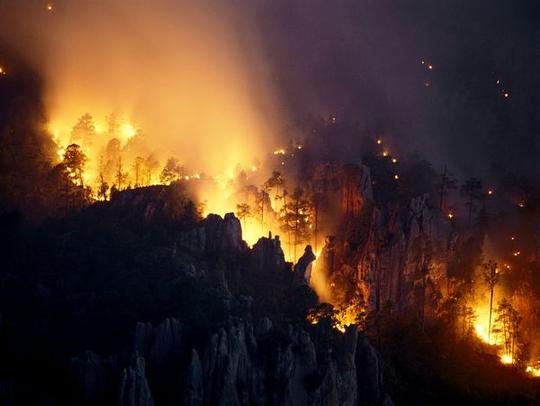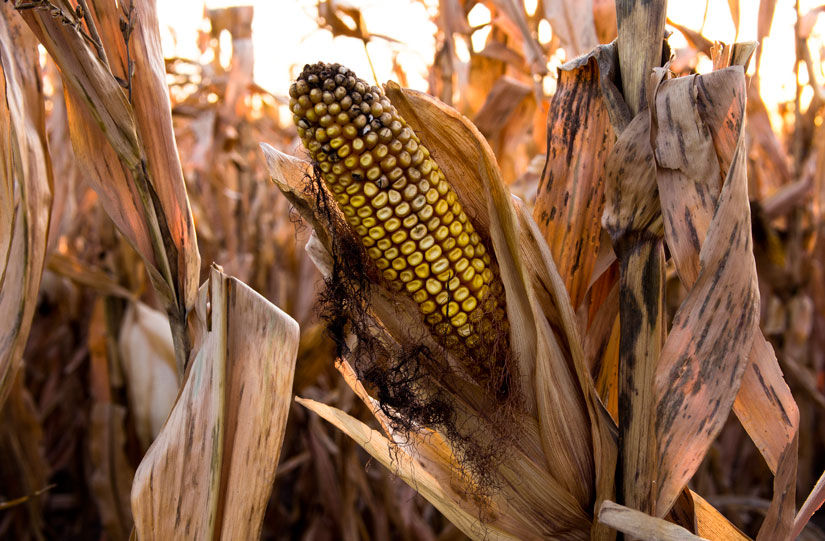Effects of wildfires on animals information
Home » Trend » Effects of wildfires on animals informationYour Effects of wildfires on animals images are available in this site. Effects of wildfires on animals are a topic that is being searched for and liked by netizens today. You can Find and Download the Effects of wildfires on animals files here. Get all royalty-free images.
If you’re looking for effects of wildfires on animals pictures information connected with to the effects of wildfires on animals topic, you have pay a visit to the ideal site. Our site frequently gives you suggestions for seeing the maximum quality video and picture content, please kindly surf and locate more informative video articles and images that match your interests.
Effects Of Wildfires On Animals. The impact of these fires on many species is also exacerbated by climate change. The main effect of wildfires on our wildlife is immediate loss of habitat and a reorganization of animal communities. While wildfire can be destructive, destroying habit and injuring animals, some actually benefit from it. Bad effects include killing many animals (sometimes in excruciating ways) and possibly spurring increased plant growth.
 Yarnell Hill Wildfire American West 2012 Wildfires From aphumangeographynaturaldisasters.weebly.com
Yarnell Hill Wildfire American West 2012 Wildfires From aphumangeographynaturaldisasters.weebly.com
While wildfire can be destructive, destroying habit and injuring animals, some actually benefit from it. Many fear that fire is destructive to wildlife. What happens to wildlife after a wildfire? Usgs scientists investigate the interactions between fires and the species that may be affected by them to better understand how different management actions may influece wildlife or species of concernt to resource managers. High levels of soil erosion Some animals are injured and killed by wildfires.
As animals are displaced by fire, bears and raccoons, for example, will often take the opportunity to hunt and feed in newly depopulated areas, while raptors may take advantage of reduced cover to hunt small mammals and birds.
The biggest impact comes after a wildfire has moved through an area. While larger animals like deer and elk are usually able to escape the fire’s path, smaller animals like squirrels, foxes and snakes are not always so lucky. Thus, a heavy loss of biodiversity is one of the worst consequences of a wildfire. A vast majority of species were lost through incineration, radiant heat and inhalation of smoke. The main effect of wildfires on our wildlife is immediate loss of habitat and a reorganization of animal communities. How wildfire smoke affects pets and other animals january 8, 2020 5.54pm est • updated january 10, 2020 4.21pm est stephanie laura bond , laura osborne , renaud leguillette , university of calgary
 Source: sott.net
Source: sott.net
The fires have impacted wildlife in various ways: Some animals are injured and killed by wildfires. When the distribution of a species is limited, or the species is listed as vulnerable or endangered, a significant fire event can impact these populations. A vast majority of species were lost through incineration, radiant heat and inhalation of smoke. A “fire regime” refers to the general pattern of wildfire’s natural occurrence in a particular ecosystem, including fire frequency, intensity, size, pattern, season, and severity.
 Source: news.stanford.edu
Source: news.stanford.edu
The effects of wildfires on wildlife. (the university of queensland, 2020). There has been little research on the effects of wildfire smoke on animals. Fire acts on fauna exerting both direct and indirect effects. While wildfire can be destructive, destroying habit and injuring animals, some actually benefit from it.
 Source: aphumangeographynaturaldisasters.weebly.com
Source: aphumangeographynaturaldisasters.weebly.com
Thick smoke from fires can disorient animals,. Others die due to starvation or stress. August 9, 2018 by larry 3 comments. In most cases, populations will not be affected because native animals from surrounding areas will recolonise a burnt area after a fire. These areas have experienced significant increases in stand density and loss of large trees during the 20th century, increasing the.
 Source: notodeforestation.blogspot.com
Source: notodeforestation.blogspot.com
The impact of these fires on many species is also exacerbated by climate change. However, today, wildfire has become the leading cause of habitat loss on federal lands, though the relative effects of fire and timber harvest vary by land ownership, ecoregion, and fire regime (davis et al. Fires affect animals mainly through effects on their habitat. (the university of queensland, 2020). These areas have experienced significant increases in stand density and loss of large trees during the 20th century, increasing the.
 Source: cheddar.com
Source: cheddar.com
Large areas are cleared off vegetation. In the period immediately following a fire, many animals are forced to move to other areas in order to find food and/or shelter. The effects of wildfires on wildlife. The fires have impacted wildlife in various ways: Thick smoke from fires can disorient animals,.
 Source: dailyhive.com
Source: dailyhive.com
Fire can have an impact on native animals through injury and loss of habitat. Many fear that fire is destructive to wildlife. However, even in large fires, animal. When a wildfire hits this soil it becomes too hot and all of those nutrients are gone for good. Thus, a heavy loss of biodiversity is one of the worst consequences of a wildfire.
 Source: sott.net
Source: sott.net
However, today, wildfire has become the leading cause of habitat loss on federal lands, though the relative effects of fire and timber harvest vary by land ownership, ecoregion, and fire regime (davis et al. Usgs scientists investigate the interactions between fires and the species that may be affected by them to better understand how different management actions may influece wildlife or species of concernt to resource managers. Over time, fire suppression actually degrades habitat for many wildlife species—the direct effect of range burning on wildlife is far outweighed by its indirect benefits (fig. Kites circle near the fire front to target small animals that are flushed from hiding or that are killed during the fire. When the distribution of a species is limited, or the species is listed as vulnerable or endangered, a significant fire event can impact these populations.
 Source: gephardtdaily.com
Source: gephardtdaily.com
Thick smoke from fires can disorient animals,. Bad effects include killing many animals (sometimes in excruciating ways) and possibly spurring increased plant growth. In the period immediately following a fire, many animals are forced to move to other areas in order to find food and/or shelter. A “fire regime” refers to the general pattern of wildfire’s natural occurrence in a particular ecosystem, including fire frequency, intensity, size, pattern, season, and severity. A vast majority of species were lost through incineration, radiant heat and inhalation of smoke.
This site is an open community for users to submit their favorite wallpapers on the internet, all images or pictures in this website are for personal wallpaper use only, it is stricly prohibited to use this wallpaper for commercial purposes, if you are the author and find this image is shared without your permission, please kindly raise a DMCA report to Us.
If you find this site serviceableness, please support us by sharing this posts to your favorite social media accounts like Facebook, Instagram and so on or you can also bookmark this blog page with the title effects of wildfires on animals by using Ctrl + D for devices a laptop with a Windows operating system or Command + D for laptops with an Apple operating system. If you use a smartphone, you can also use the drawer menu of the browser you are using. Whether it’s a Windows, Mac, iOS or Android operating system, you will still be able to bookmark this website.
Category
Related By Category
- Anime like cowboy bebop information
- Best anime gifs information
- Do animals cry information
- Arc animal rescue information
- Anime thriller genre information
- Dyson v7 animal black friday information
- Copyright free cartoon animal images information
- Fantastic four the animated series episodes information
- Dyson v11 animal black friday 2019 information
- Coniferous forest animals information